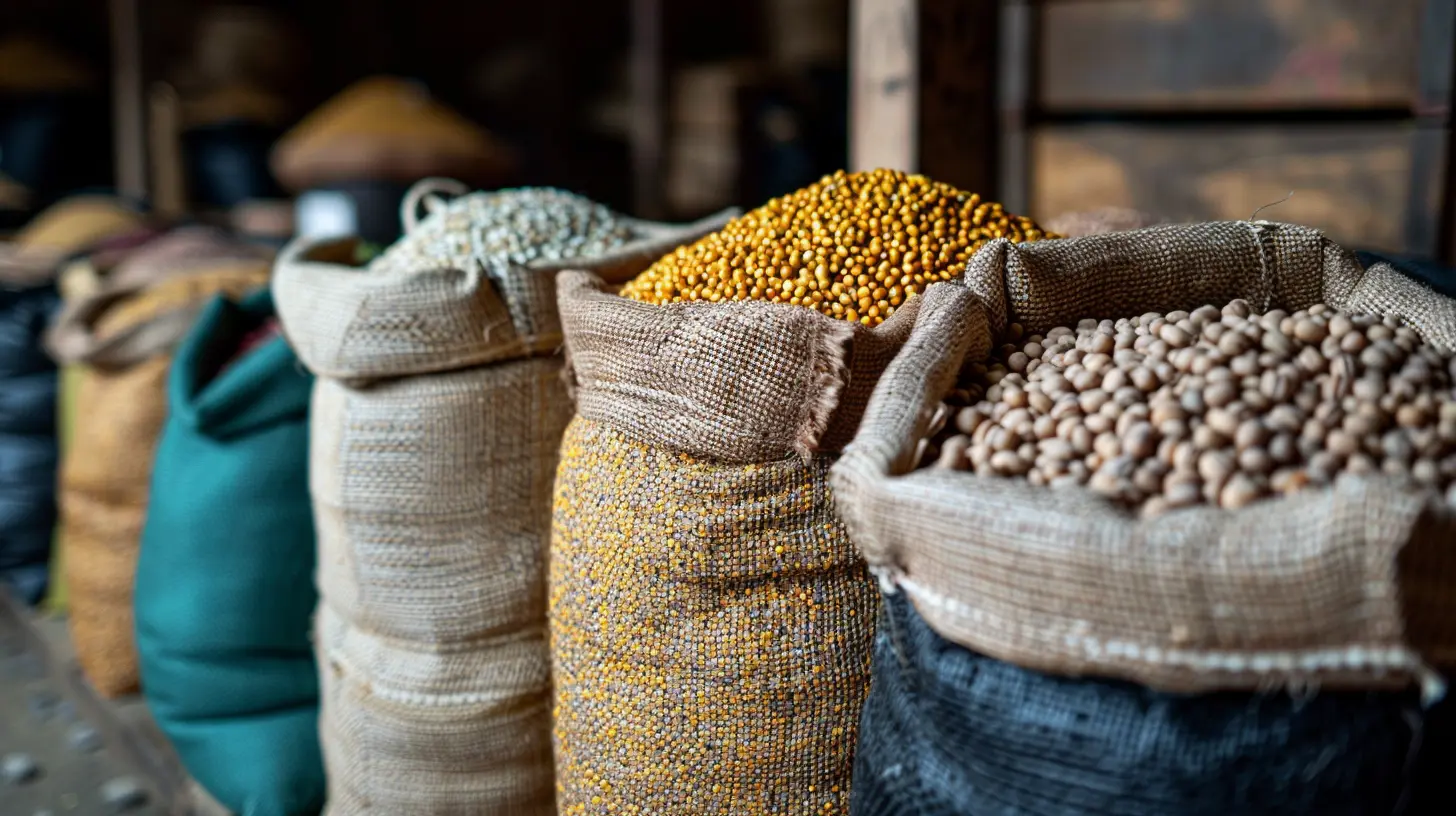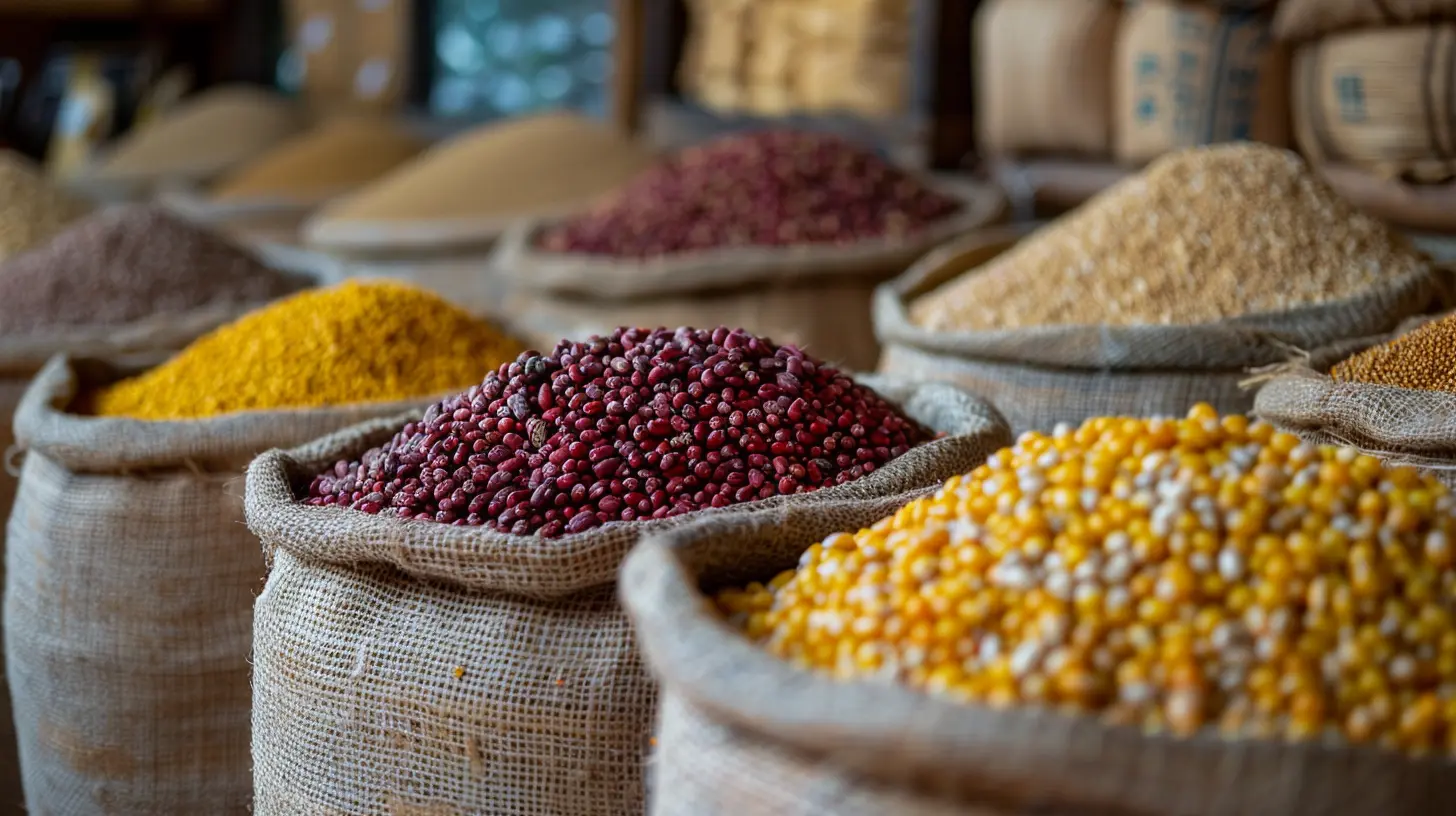The Growing Importance of Commodities in Asset Allocation
22 June 2025
When it comes to investing, most people focus on stocks and bonds. But what about commodities? These raw materials—like gold, oil, wheat, and copper—are increasingly playing a crucial role in asset allocation. If you're looking to diversify your portfolio and hedge against inflation, commodities might just be your new best friend.
In this article, we’ll break down why commodities are becoming more important in the world of investing, how they fit into a balanced portfolio, and what risks and rewards come with them.
Why Are Commodities Gaining Attention?
For years, commodities were considered a niche market, something only hedge funds or large institutions dealt with. However, the financial landscape is changing, and so is the role of commodities. Here’s why they’re becoming a hot topic for investors:1. Inflation Protection
One of the biggest reasons investors are piling into commodities is their ability to hedge against inflation. When prices rise, the value of money decreases—but commodities tend to move in the opposite direction. Think about it: when inflation spikes, the cost of oil, food, and metals usually goes up. That’s why commodities can act as a natural shield against the eroding purchasing power of cash.2. Portfolio Diversification
You've probably heard the saying, "Don't put all your eggs in one basket." Well, that applies to investing too. Commodities have historically had a low correlation with stocks and bonds, meaning they behave differently under various market conditions. By adding commodities to your portfolio, you create a buffer against stock market volatility.3. Supply and Demand Dynamics
The fundamental forces of supply and demand play a significant role in determining commodity prices. Natural disasters, geopolitical conflicts, or supply chain disruptions can drive prices higher. For instance, a drought can severely impact crop yields, leading to higher food prices. By investing in commodities, you can benefit from these market movements.4. Rising Global Demand
As developing countries continue to grow, their demand for raw materials increases. Countries like China and India are consuming more oil, metals, and agricultural products than ever before. This increasing demand is pushing commodity prices higher, making them an attractive investment opportunity.
Types of Commodities for Investment
Not all commodities are created equal. They generally fall into three main categories:1. Energy Commodities
- Crude oil- Natural gas
- Gasoline
Energy commodities are essential for transportation and industrial production. Given global reliance on fossil fuels, these investments can offer strong potential returns, though they can also be highly volatile due to geopolitical and environmental factors.
2. Precious & Industrial Metals
- Gold- Silver
- Copper
- Platinum
Gold and silver are often used as safe-haven assets during market downturns. Meanwhile, industrial metals like copper and platinum are crucial for construction and manufacturing.
3. Agricultural Commodities
- Wheat- Corn
- Soybeans
- Coffee
Agricultural commodities are directly affected by climate conditions, farming technology, and global food demand. They can be a stable investment during economic uncertainty.
How to Invest in Commodities
Now that you know why commodities deserve a place in your portfolio, let’s explore how you can invest in them.1. Direct Investment
This involves purchasing physical commodities—such as buying gold bars or silver coins. While this can be a good way to hold tangible assets, storing and handling them can be challenging.2. Commodity ETFs & Mutual Funds
If you don’t want to deal with the hassle of owning physical commodities, ETFs (Exchange-Traded Funds) and mutual funds offer an easy alternative. These funds track various commodity prices and provide exposure without requiring direct ownership.3. Futures Contracts
Futures are agreements to buy or sell a commodity at a predetermined price at a future date. While they offer the potential for higher returns, they can be complex and carry significant risk, making them more suitable for experienced investors.4. Commodity Stocks
Another way to gain exposure to commodities is by investing in companies that produce them. For example, buying shares of mining companies like Barrick Gold or oil giants like ExxonMobil allows you to benefit from commodity price movements without directly owning the raw materials.
The Risks Involved in Commodity Investing
While commodities can be a powerful addition to your portfolio, they’re not without risks. Here are a few things to consider:1. Price Volatility
Commodity prices can be quite volatile. Factors like geopolitical tensions, weather patterns, and supply chain disruptions can cause sudden price swings.2. Market Speculation
Unlike stocks, which have earnings reports and financial statements, commodities are largely driven by speculation. This can lead to unpredictable fluctuations, making timing the market difficult.3. Storage & Liquidity Issues
Some physical commodities require storage, which can be costly. Additionally, certain commodities might have lower liquidity, making them harder to buy and sell quickly.Should You Add Commodities to Your Portfolio?
Now, the million-dollar question—should you invest in commodities? While there’s no one-size-fits-all answer, here are some key takeaways:- If you're looking for inflation protection, commodities can be a smart hedge.
- For long-term investors, they offer diversification beyond stocks and bonds.
- If you're risk-averse, consider commodity ETFs rather than futures or direct investments.
- Pay close attention to market trends, as commodity prices are heavily influenced by global events.
The key to successful investing is balance. Allocating a small percentage of your portfolio to commodities can provide protection against inflation and market volatility without exposing you to excessive risk.
Final Thoughts
The financial world is evolving, and commodities are no longer just for institutional investors. They are now a valuable tool for everyday investors looking to diversify their portfolios and navigate an uncertain economic landscape.If you’re serious about long-term wealth building, ignoring commodities might not be the best strategy. While they come with risks, when used wisely, they can strengthen your asset allocation and help you achieve your financial goals.
What’s Next?
Are you ready to dip your toes into commodity investing? Research different options, assess your risk tolerance, and consider speaking with a financial advisor to determine the best strategy for you.all images in this post were generated using AI tools
Category:
Asset AllocationAuthor:

Yasmin McGee
Discussion
rate this article
2 comments
Brooks Cole
Sure, commodities might be the shiny new toys in the investment sandbox, but let’s not forget they can be as volatile as your ex’s mood swings. Diversify wisely, folks—don’t put all your eggs in the gold basket. Remember, it's not just about the bling!
June 23, 2025 at 2:45 AM

Yasmin McGee
Great point! Diversification is key to managing volatility in any investment strategy. Balancing commodities with other assets can help reduce risk while still capturing growth opportunities.
Sofia Jennings
This article beautifully underscores the essential role commodities play in diversification. It's a timely reminder for investors to consider all assets for a balanced portfolio. Thank you!
June 22, 2025 at 4:28 AM

Yasmin McGee
Thank you for your thoughtful comment! I'm glad you found the article valuable for understanding the role of commodities in portfolio diversification.


